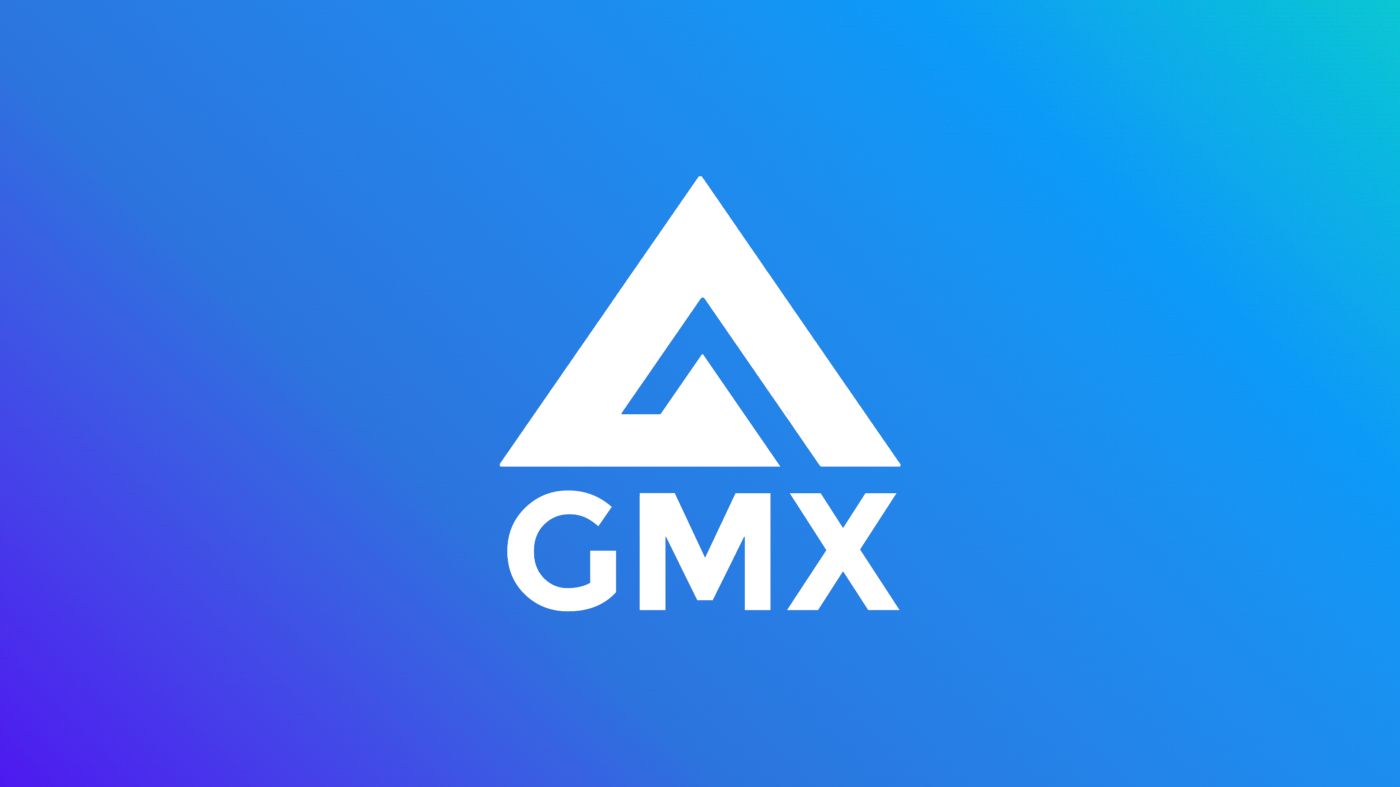
GMX is a decentralized perpetual exchange that was launched by an anonymous team in September 2021. It differs from other decentralized exchanges, as it allows users to trade with perpetual contracts rather than by buying or selling tokens. Users deposit collateral and take long or short positions with up to 50x leverage on a range of top cryptocurrencies without actually needing to buy large amounts of tokens.
Unlike AMM type of exchanges such as Uniswap, GMX uses Chainlink oracles to get information about the price of the underlying tokens from outside of the platform which makes it more prone to attacks from large internal trades. The platform also offers several innovative features such as zero-price impact trades, limit orders, and lower swap fees. As of the time of writing, GMX was leading the Total Value Locked (TVL) charts on both its chains, Arbitrum and Avalanche with respectively $418 million and $80 million TVLs.
GMX employs a two-token economy: the governance token GMX and the GLP liquidity token.
The GMX governance token grants voting rights for new proposals and staking rewards for those who lock their tokens in the contract. The staked GMX token grants a claim to 30% of all fees charged to traders using the protocol. GMX's revenue comes from the fees to open, to close the positions, as well as the leverage borrowing fee charged per hour. As was explained above, depending on the market, the fees are changed dynamically to incentivize or disincentivize certain trading directions.
The GLP liquidity token for the GLP pool which is used to lend the leverage funds to traders. It is basically an index token that is backed by all assets in the GMX liquidity pool such as USDC, ETH, wBTC, LINK and UNI. Liquidity providers can deposit index assets to mint GLP and receive rewards. Those who stake their GLP receive the rest 70% of the protocol trading fees.
GMX has integrated USDC stablecoin to its operations. At settlement, profits are paid out in USDC for shorts. Following the recent depeg of USDC, the platform shows a pop up message to traders warning them about USDC stability.
Overall, GMX is a great example of DeFi product and it is reflected in the price of its native tokens that show stead growth since the launch of the product. There have been some concerns regarding the reliability of GMX, as it was recently the target of a price manipulation attack on its AVAX/USD pair. The attacker managed to profit $565,000, taking funds from the protocol and liquidity providers. Nevertheless, that had not kept Binance from listing GMX on its exchange.
On February 6, Lookonchain tweeted that Arthur Hayes, the co-founder and onetime CEO of the centralized derivatives exchange BitMEX, was the largest individual holding an address for GMX — holding more than 200,580 GMX:
1/ Arthur Hayes (@CryptoHayes) is currently the largest individual holding address of $GMX, holding 200,580 $GMX ($13.47M). He bought 200,580 $GMX with a cost of 3,386 $ETH($5.72M at that time) from Mar 3, 2022 to Sept 7, 2022, the average buying price is $28.5.
GMX is on our observation list and you can get more updates on this category of DeFi solutions by checking our Perpetuals tag.

